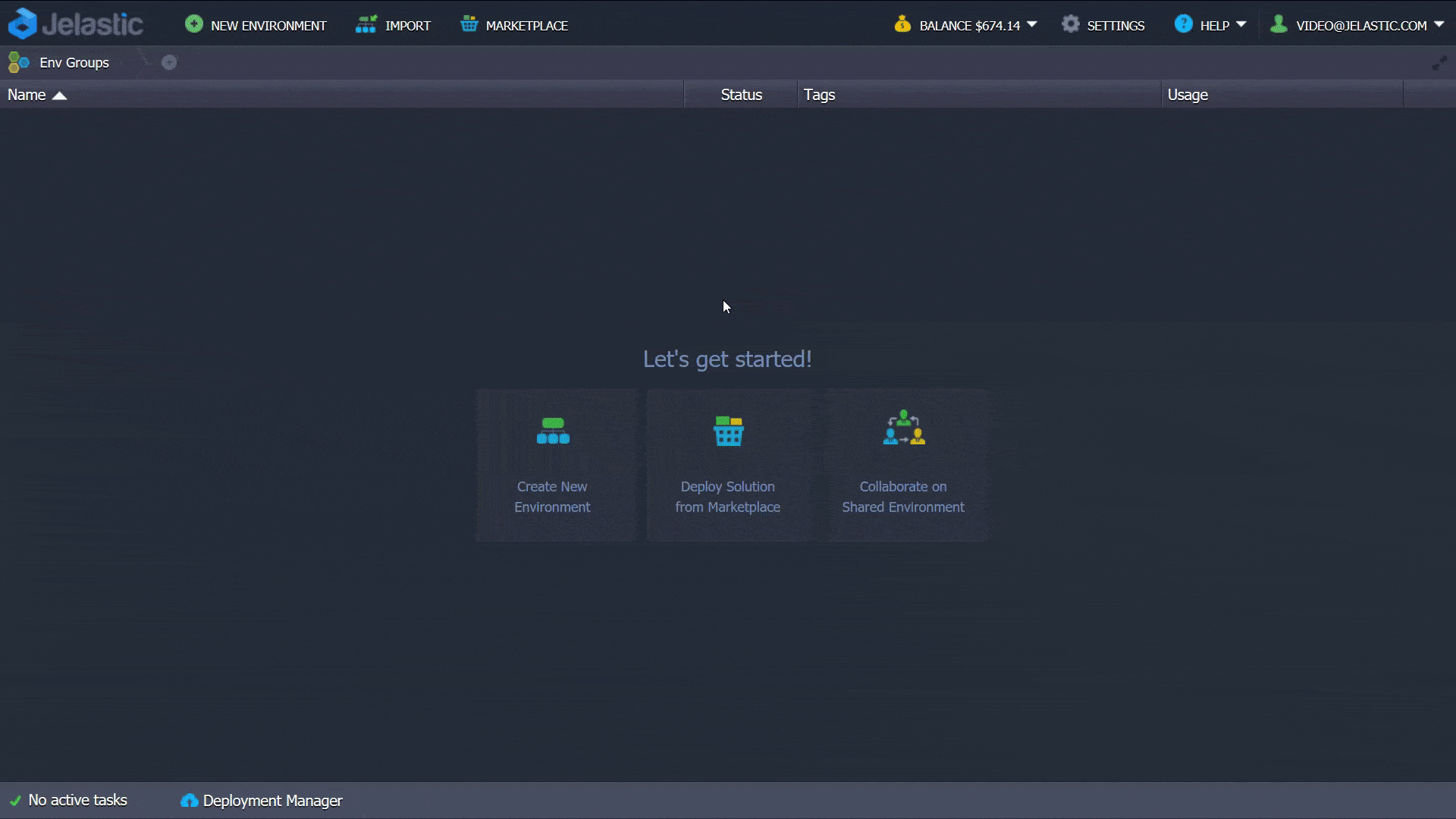Production-Ready Kubernetes Cluster
CNI plugin (powered by Weave) for overlay network support
HELM package manager to auto-install pre-packed solutions from repositories
Traefik ingress control for transferring HTTP/HTTPS requests to services
CoreDNS for internal names resolution
Why host Kubernetes on CloudJiffy

Pre-Installed Kubernetes Components Out-of-the-Box

Pay-per-Use Pricing for Kubernetes Cost Efficiency
CloudJiffy provides a unique process of automatic scaling with payment based on the real consumption, but not on the server size
The system makes hourly measures how many RAM and CPU inside each container are consumed and requests the payment only for these used resources but not for the limits. You can set up a maximum Scaling Limit for each container, so the resources will be always available in case of load spikes or other consumption changes. No matter how high the limit - the payment will be only based on real usage. The rest of the allocated resources will be just waiting in the pool for the application to request them, and it is totally free of charge.
Benefits of Kubernetes Hosting with CloudJiffy
Easy Start
Pre-configured components of Kubernetes and automated installation in several clicks do not require manual intervention
Hyper Scalability
The cluster is designed for automatic vertical and horizontal scaling with auto-discovery of new worker nodes
Multi-Cloud Availability
Gain high availability and low latency distributing workloads across data centers and availability zones of different clouds
Simplified Management
Out-of-box Kubernetes dashboard is complemented with intuitive UI, built-in Web SSH and CLI for more convenient orchestration
Flexible Automation
Integrated DevOps automation within the package can be customized and extended using open API and Cloud Scripting
Cost Efficiency
Pay only for consumed resources benefiting from container density and scalability, as well as pay-per-usage pricing model
Frequently Asked Questions
- At least two Linux-based computers (physical or virtual) that run appropriate versions that run Ubuntu, CentOS, or any other supported distribution.
- The devices should be connected to the network.
- Root or sudo access is available on all devices.
- Make sure that swap is disabled for all devices (Kubernetes requires this to ensure performance as well as stability).
- Java Development Kit (JDK) installed (Java 8 or higher).
- The JakartaEE application server (WildFly, Payara, etc.) is running and fully functional.
- Server for databases (e.g., PostgreSQL, MySQL) with the proper configuration and access credentials.
- Create a file named grafana-datasource-config.yaml vi grafana-datasource-config.yaml.
- Make the config map by using the command below.
- Create a file named deployment.yaml vi deployment. yaml.
- Create the deployment kubectl creation with the option of deployment. yaml.

